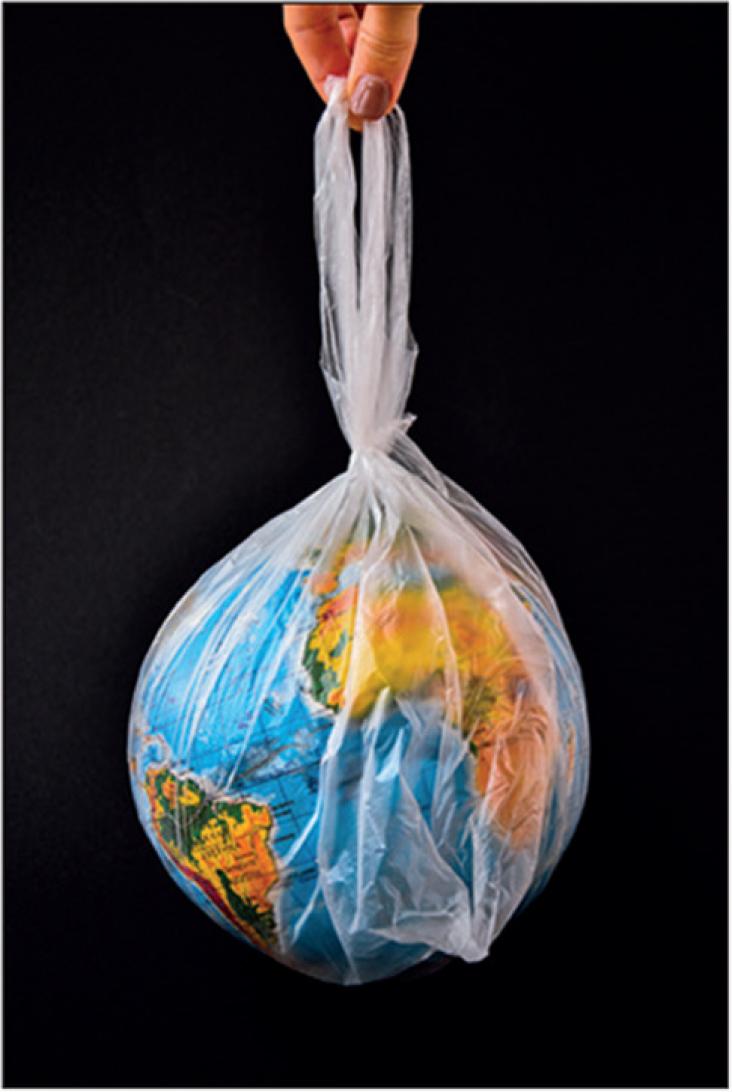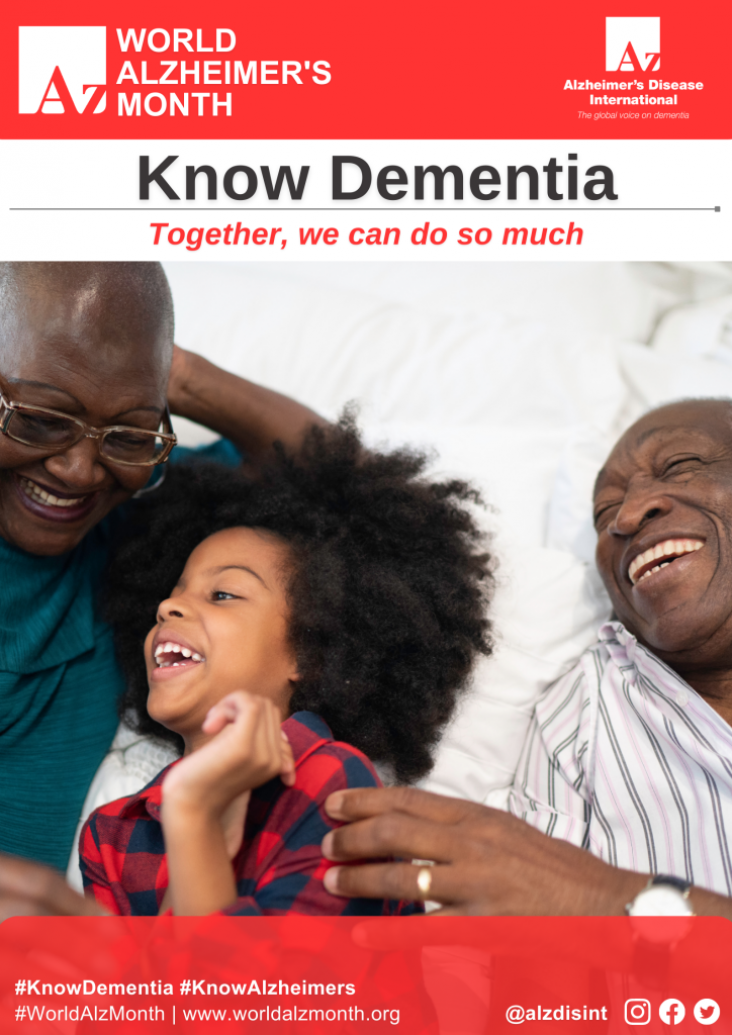With the aging global population, the relationship between older people and their residential environments is increasingly important. This relationship is based on the match between the individual characteristics of a person, their needs and expectations, and the characteristics of their environment. By creating access to various health improvement factors and exposure to various risk factors, the conditions under which an individual ages can be modified. This helps to accelerate or decelerate the process of incapacitation that individuals undergo as they age. This can also reduce or reinforce socio-spatial inequalities, which underlie the preponderant role of territory and spatial policies in the prevention and promotion of healthy aging. This chapters supports the process for developing the Decade of Healthy Ageing (2020 – 2030) aligned to the Sustainable Development Goals (SDG3).

This Comment supports SDG 3 by highlighting the environmental and endocrine healths harms from plastics and the need to reduce production and use of plastics. It describes the launch of negotiations to produce a global treaty aimed at achieving this goal.
Elsevier,
Cardio-Hepatology: Connections Between Hepatic and Cardiovascular Disease, 2023, Pages 123-132
Chronic right-sided heart failure has deleterious effects on many organ systems, and the liver is no exception.
An Article in support of SDG 3, assessing whether community mobilisation increases HIV testing, linkage to care, and retention in care over time in intervention relative to control communities.
The aim of this review was to synthesize evidence around the nexus between climate and health in the Caribbean, thereby presenting a more concise understanding of the current impact on vulnerable low-lying and coastal communities.
This Article supports SDGs 3 and 6 by demonstrating the safety, tolerability, and immunogenicity of a typhoid conjugate vaccine in Malawian children aged 9 months to 12 years; this paper is relevant to World Water Day since S Typhi is transmitted by the faecal-oral route through ingestion of contaminated food and water, often resulting from inadequate hygiene and sanitation.

An estimated 50 million people around the world currently live with Alzheimer's disease or other dementias, de
The study suggests that exposure to PFAS may disrupt energy balance and body composition in adolescents, underscoring the importance of further research to confirm the association and mitigate potential health impacts, thus contributing to Sustainable Development Goal 3 (Good Health and Well-being).
The study underscores the significance of indoor PM2.5-10 pollution from coal combustion as an environmental risk factor for the prognosis of COPD patients, emphasizing the need for targeted prevention and control strategies during the heating season to protect cardiopulmonary health and promote progress towards Sustainable Development Goal 3 (Good Health and Well-being).
The research supports Sustainable Development Goal 3 (SDG 3) by identifying factors affecting public health, such as indoor airflow patterns and outdoor temperatures, and providing recommendations for epidemic prevention and control measures.
